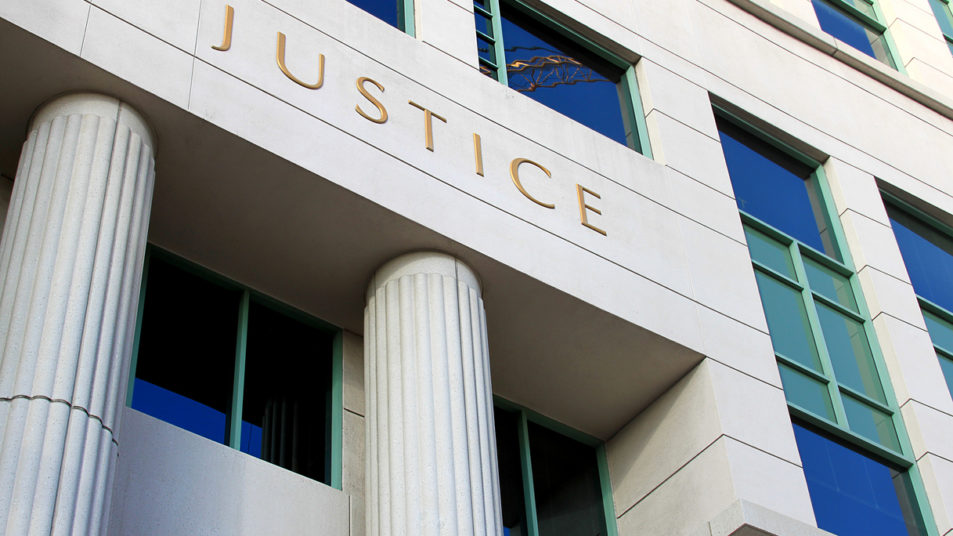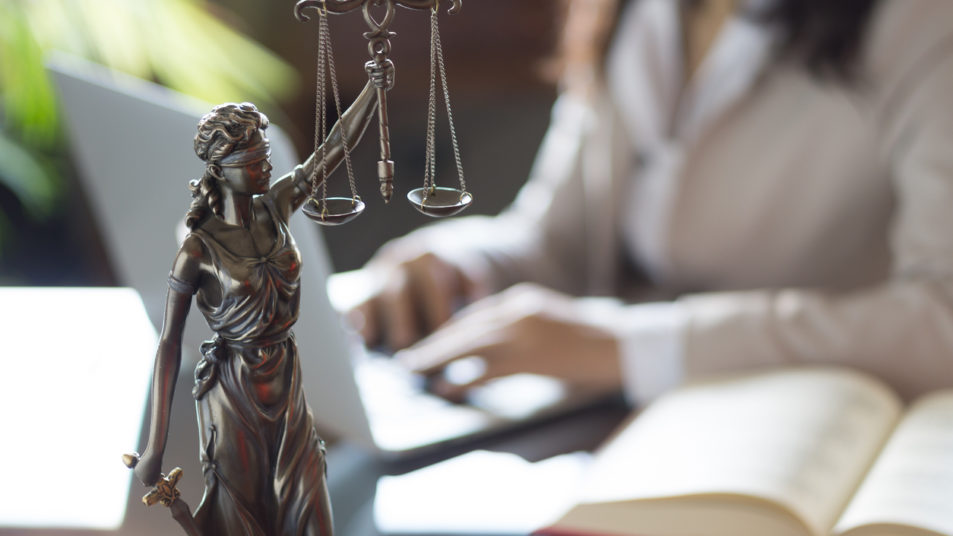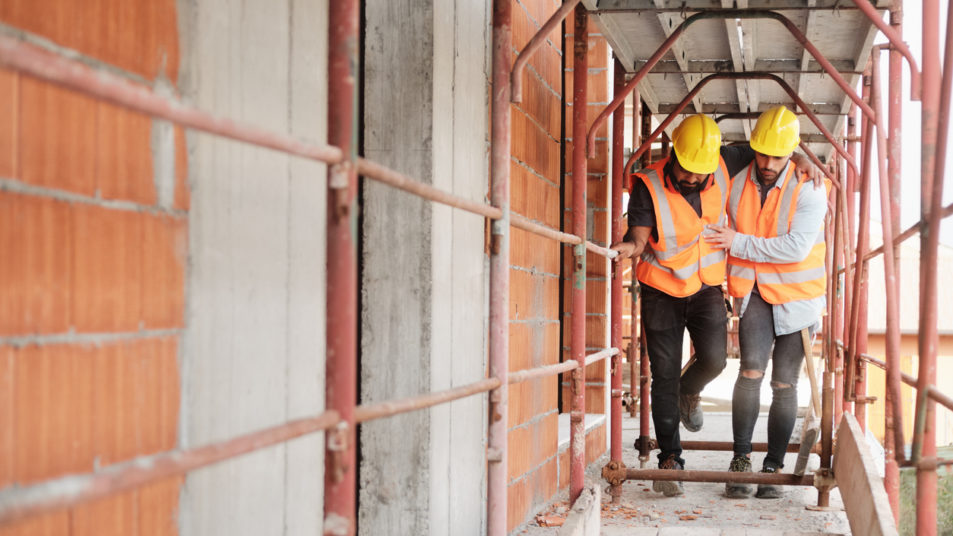What Happens If I Don’t Show Up for Jury Duty?
Juries are used in both civil and criminal cases. For example, you may have a jury trial in a pedestrian accident case or a slip and fall accident case. You may also have a jury if you are charged with a crime and request a jury trial.
Penalties for Failing to Serve on a Jury
You must appear for jury duty if you receive a jury summons. The court may excuse your jury duty for a variety of reasons, but failing to show up for jury duty can result in penalties.
According to NRS 6.040, failing to attend and serve as a juror can result in a contempt of court charge. The judge may issue a fine of not more than $500 for missing jury duty.
Does My Employer Have to Let Me Off Work for Jury Duty?
Claiming that you cannot miss work is not a sufficient reason to miss jury duty. Nevada law requires employers to allow employees to miss work for jury duty. Employers who do not make accommodations for jury duty could be fined up to $1,000 and serve up to six months in jail.
An employer who fires an employee for attending jury duty could face up to 364 days in jail and a fine of up to $2,000. Additionally, the employee may have a claim for wrongful termination.
How Can I Get Out of Jury Duty in Nevada?
There are some reasons why the court may excuse a person from jury duty. Common reasons why a person may request an excuse for jury duty include, but may not be limited to:
- the person is 70 years of age or older;
- the individual has a physical condition or disability that makes serving on a jury impractical;
- the person maintains a fictitious address because of stalking, domestic violence, or sexual assault reasons;
- service on a jury was completed within the last year; and,
- the individual cares for a person with a disability or has young children with no options for care other than the individual.
If you have a conflict in your schedule with jury duty, the court may postpone your jury duty until another session of court. However, you need to contact the Clerk’s Office for the Nevada court in which you are to appear for jury duty as soon as possible. The sooner you contact the court, the better chance you have of the court granting your postponement request.
Disqualification for Jury Duty
Some people are not eligible to serve on a jury. Common reasons for jury ineligibility include:
- minors under the age of 18 years;
- people who are not United States citizens;
- cannot speak English fluently;
- individuals convicted of treason or felons who have not had their civil rights restored; and,
- people who have been certified by a physician as being incapable of serving on a jury because of mental or physical impairments.
Before you assume you would be disqualified from jury duty, contact the Nevada Court for further clarification.
Preparing for Jury Duty in Nevada
If you cannot get out of jury duty, prepare for your service by finding out where you need to park and what time you need to appear. You should make sure that you leave plenty of time to arrive at court, locate a parking space, and enter the courthouse. Most courts provide detailed instructions for jurors on their websites.
Many courts have rules for attire in the courtroom. As a general rule of thumb, you may want to avoid wearing hats, sunglasses, flip-flops, shorts, tank tops, and garments that have offensive images or language. Business casual attire or church clothing is usually the best choice for jury duty attire.
Most courts do not permit jurors to bring cell phones in the courtroom. You can check with the Clerk’s Office for the rules regarding electronics in the courtroom. However, you may want to bring a book to read during long waits.
Serving on a Jury is an Important Duty
The right to a jury trial is an essential part of our legal system. While jury duty may be inconvenient, it is important. If you have a personal injury case against another person, that person may request a jury trial.
During the trial, you and the opposing party each present evidence and testimony to support your claims. The jury decides the facts of the case based on the evidence and testimony.
At the conclusion of the case, the jury considers all evidence and renders a verdict. Either party may appeal the jury verdict if they are unhappy with the verdict. The key to remember during jury duty is that if you were one of the parties, you would want everyone on the jury paying attention and using their best judgment to decide the case instead of wondering why they could not get out of jury duty.


